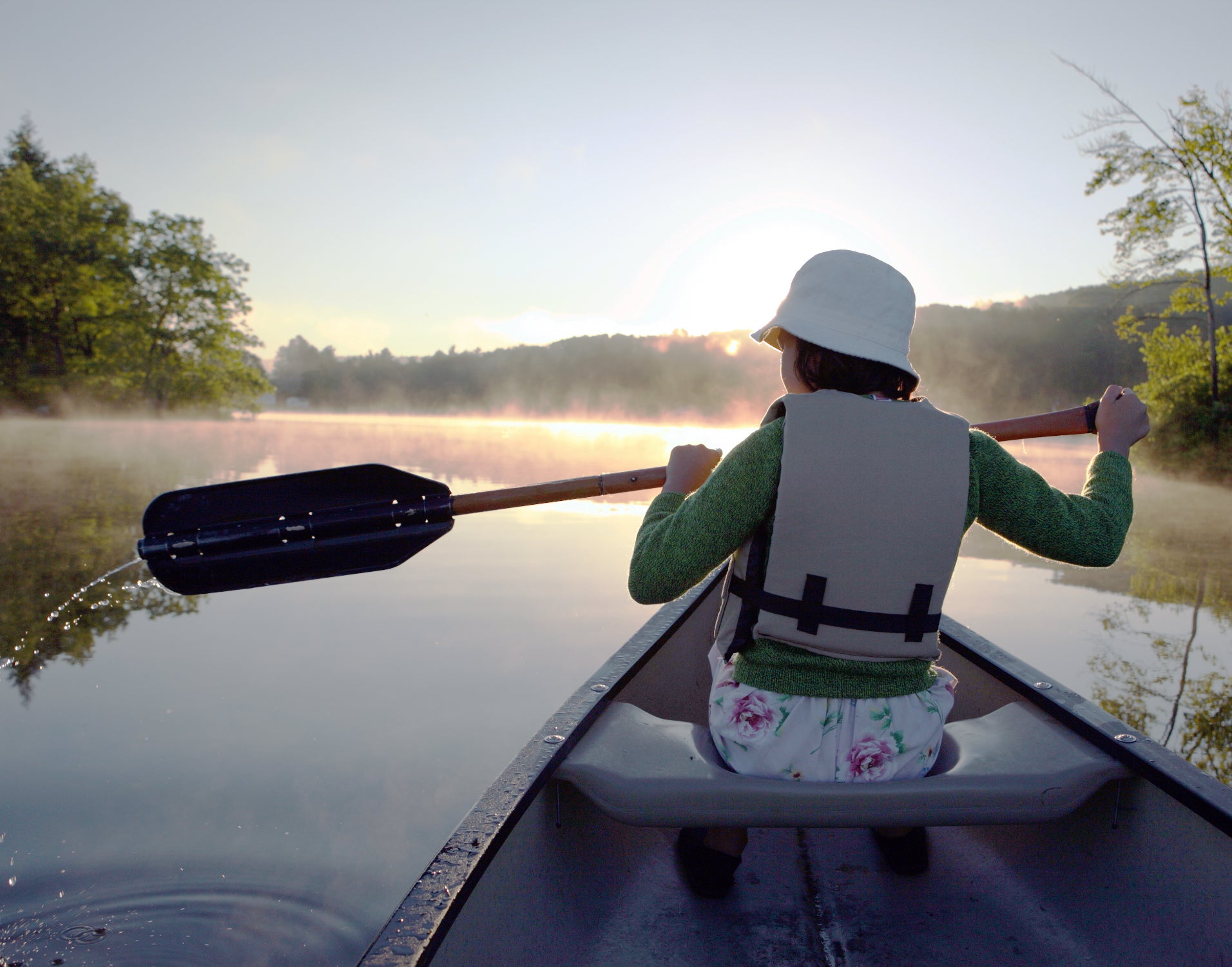Vermont routinely tops the list of best places to live. Last year, U.S. News and World Report based on a host of metrics, including education, health care, crime, quality of life, and job opportunities. The second-least populated state in the country nabbed eighth place overall for education and number one for preschool enrollment. It also has the lowest infant mortality rate in the nation, according to the , and the childhood obesity rate.
In other words, Vermont is a stellar spot to raise kids—and it just got even more appealing. Earlier this month, Governor Phil Scott that will pay remote workers up to $10,000 to relocate to the state in an effort to help invigorate the state’s small, aging population. The first-come, first-served grant money will first be dished out in 2019 and is meant to cover relocation costs, wireless access, computer software, and rent for co-working office space and to motivate a younger workforce—and their families—to make Vermont their full-time adventure base camp.
Last week, I took my nine-year-old daughter, who was born and bred in the high desert of New Mexico, back to Vermont for my college reunion. Before we arrived, I wondered if it was still the idyllic outdoor mecca I remembered it to be. The answer is yes. The “creeks” were the size of some western rivers, running fast and clear; the valleys checkered with tidy green farms and villages. The Green Mountains rose to the east and the High Peaks of the Adirondacks to the west, and in between was, oh, a little body of water known as Lake Champlain. On landscape alone, Vermont ticks a lot of boxes.
Family adventure options are varied and close at hand. The nonprofit t, just outside Burlington, runs weekly mountain bike and cross-country ski race series for all ages and offers an extensive program of summer camps for kids. On Mount Mansfield, the state’s highest peak, the , built in 1935 by the Civilian Conservation Corps, offers a snug, historic winter retreat for intrepid families who trek in on skis or snowshoes. The state’s many lakes play host to a range of family camps, like , on the shore of Lake Champlain. It’s no surprise, then, that small towns, including Norwich, near the New Hampshire border, have managed to raise a disproportionate number of elite athletes and Olympians, all without losing sight of the true value of sport: as a way of teaching lifelong skills rather than simply a chase for hardware.
And Vermont’s appeal runs even deeper. “One of the things I love most about living and raising kids here is this idea of ‘radical proximity,’” says Sarah Stewart Taylor, a novelist who lives on a working farm with her three children and assorted barnyard animals. “We’re close to nature and the wild out-of-doors. Every day, when we get the mail, or drive to school, or walk down to a field to check on our sheep, we are interacting deeply and meaningfully with the natural world.” Behind her kids’ school is a 17-acre forest, which doubles as the outdoor classroom for its forest kindergarten. Add to that a radical proximity to agriculture and local food supply, art and artists, as well as small-town community—even the state capital, Montpelier, is but a burg, with 8,000 people—and democracy in action. “Here, you have to serve on the school board and help plan the parade and water the flowers at the library, because if you don’t, no one else will. Kids grow up with a sense of themselves as essential to their communities, and at the annual town meeting, they really understand that they can make change and keep things running.” Multigenerational continuity, so important for children’s sense of well-being, is big in Vermont: Taylor and her family live in the 200-year-old farmhouse where her husband grew up.
On our last day in Vermont, Pippa and I rented bicycles and went for a ride on the quiet country roads through the Champlain Valley. It was so bucolic that it almost seemed like a joke: We rode past ponies frolicking in meadows, creaky covered bridges, 200-year-old cemeteries, and, at one picturesque crossroads, a picnic table in a grassy square next to an actual old-fashioned pay phone. Dairy trucks rumbled slowly past, carrying organic milk from one of the state’s more than 900 dairy farms. At one farm, the red barn bore a sign for the , a nonprofit that protects family farms, forests, and habitat from development and subdivision.
The sun shone, and ferns glistened with dew. Even the red newts slithering across a damp mountain trail seemed magical. It felt like we’d stepped out back into a simpler time, like the bumper sticker we saw stuck to the back of an old pickup cruising slowly into town: Make America Vermont Again.


